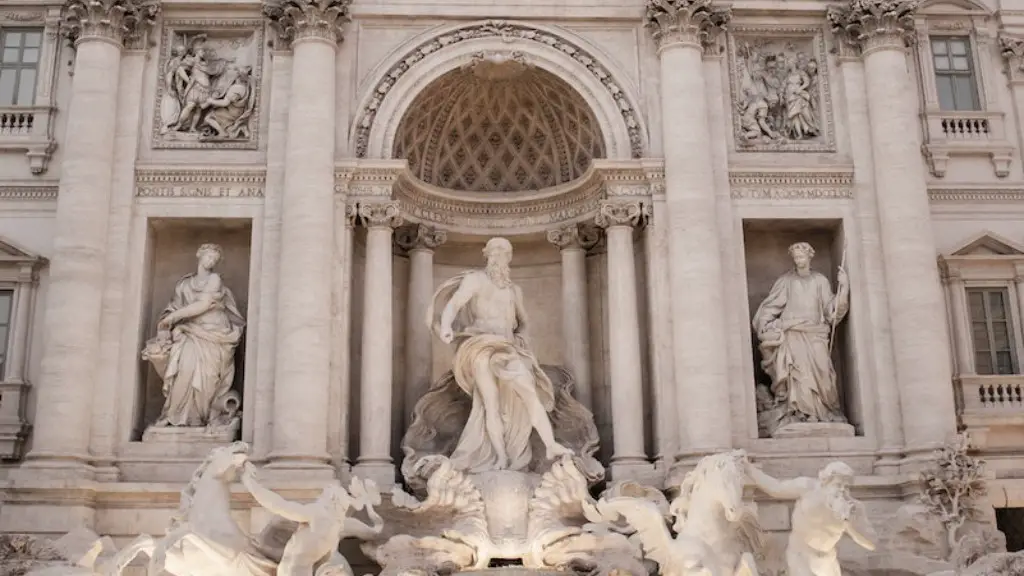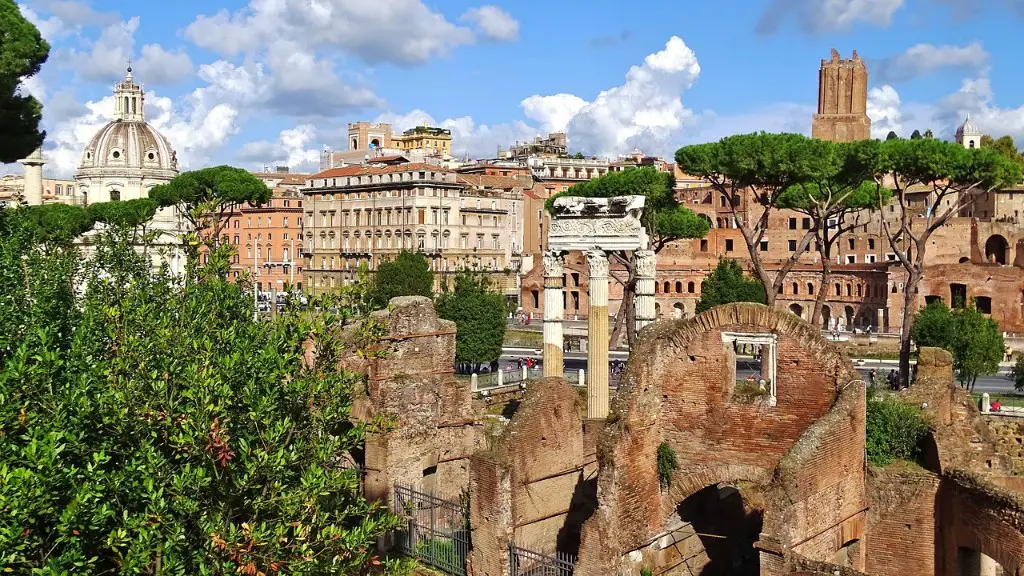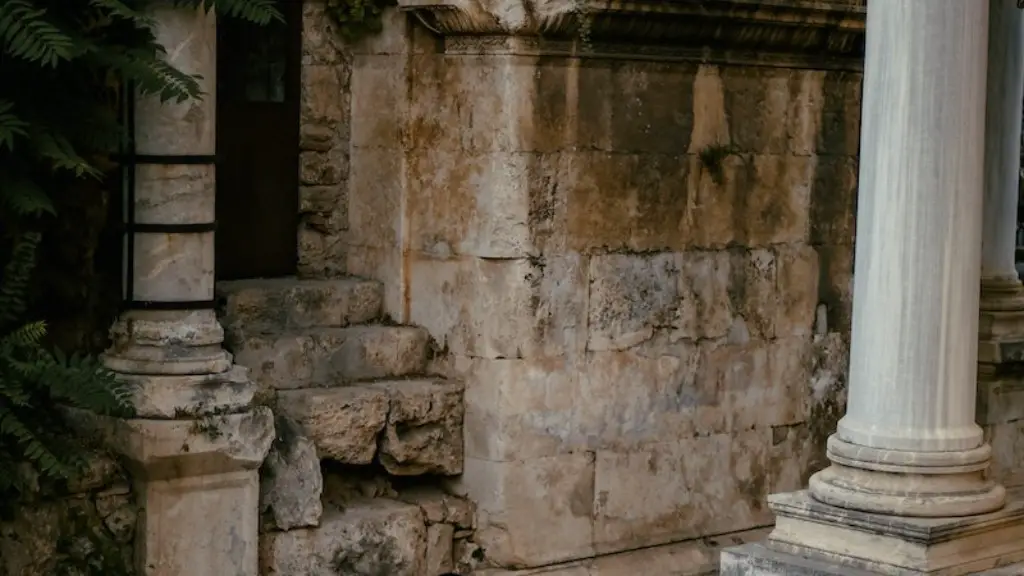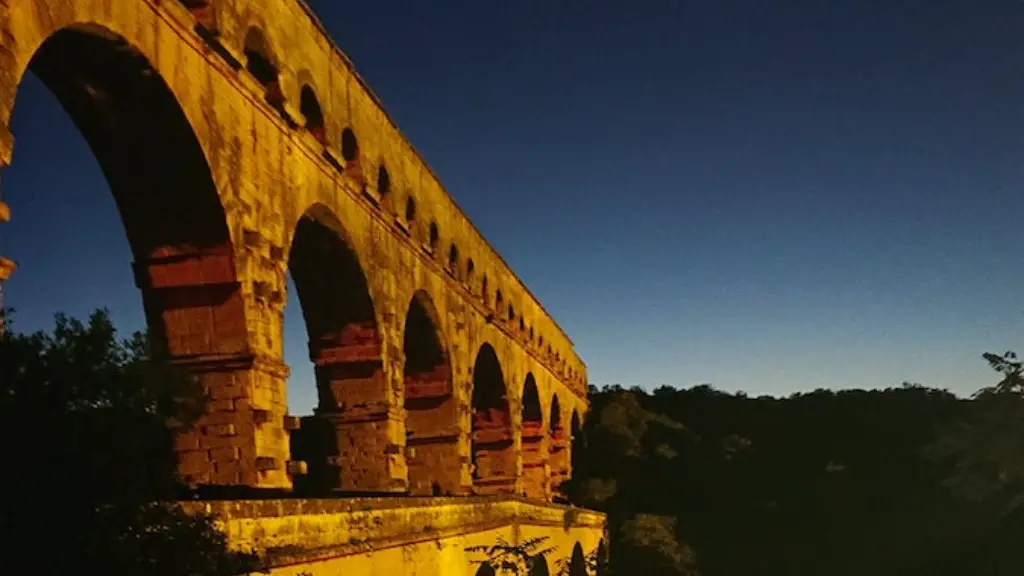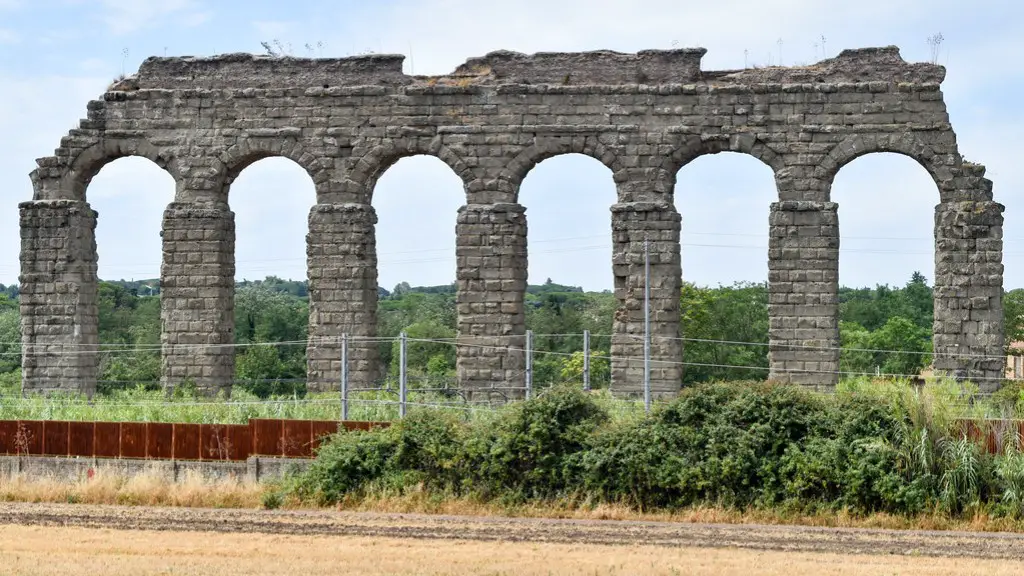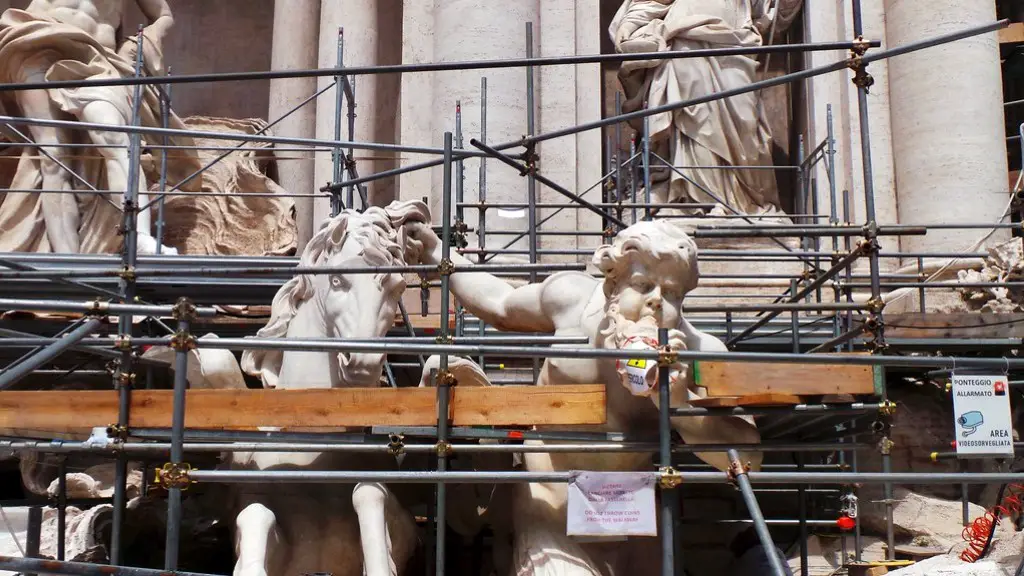The Circus Maximus was the largest stadium in ancient Rome and could accommodate up to 250,000 spectators. It was used for horse and chariot races, and was also the site of public executions. In ancient times, the Circus was the center of Roman social life and it was not unusual for citizens to spend the whole day at the races.
The Circus Maximus was the site of many festivals and games in Ancient Rome. It was also the site of the famous chariot races.
What did the Romans do at Circus Maximus?
The Circus Maximus was a large stadium in Rome that was used for a variety of events, including chariot racing, gladiatorial combats, and wild animal hunts. Athletic events and processions were also held at the stadium.
1. The Circus Maximus is considered the largest stadium in ancient Rome.
2. It was first constructed in the 6th century BC.
3. The first excavations were during the papacy of Sixtus V in 1587.
4. The two obelisks of the spina were recovered during the excavations.
5. The Circus Maximus could accommodate up to 150,000 spectators.
6. It was used for a variety of events, including horse and chariot races, and was the site of the famous Roman chariot race depicted in the movie Ben-Hur.
What is the background to Circus Maximus
The Circus Maximus, located in the valley between the Palatine and Aventine hills, is the oldest and largest public space in Rome. The Circus is said to have been originally laid out in the 6th century BCE by the first Roman kings, although it first took on its distinctive shape under Julius Caesar. The Circus was a popular entertainment venue in Rome, hosting horse and chariot races, and later, public executions. The Circus could accommodate up to 150,000 spectators, making it one of the largest arenas in the ancient world.
In ancient times, another terrible stadium disaster occurred in the Circus Maximus, resulting in the death of 1,112 people in 140 AD. The disaster was caused by a wooden seating structure collapsing, leading to a stampede among the spectators.
What happens in a Roman circus?
Circuses were venues for chariot races, horse races, gladiatorial combat, and performances that commemorated important events of the Empire were performed there. They were also used for public executions, which served as a deterrent for potential criminals. The most famous circus was the Circus Maximus in Rome, which could accommodate up to 150,000 spectators.
The Circus Maximus was a huge arena in Rome that was used for a variety of entertainment events. These included chariot races, gladiatorial displays, animal hunts and fights, and the Ludi Romani – the Roman Games. The latter was sponsored by rich and powerful Romans to honour the gods or to celebrate a victory in battle. The Circus Maximus could seat up to 250,000 people, making it one of the largest arenas in the world at the time.
Why was the Circus Maximus destroyed?
The fire that broke out at the Circus in AD 64 was a disaster for the city of Rome. However, the games and festivals continued at the Circus, which was rebuilt over several years to the same footprint and design. This shows the resilience of the Roman people in the face of adversity.
The Circus Maximus is a historical chariot racing stadium in Rome, Italy. The stadium is located in the valley between the Aventine and Palatine hills, just outside the ancient city walls. The Circus Maximus was built in the 6th century BC and could accommodate up to 150,000 spectators.
The chariot races were the most popular events held at the Circus Maximus. The races were held between teams of four horses, each team representing a different region of the empire. The races were incredibly popular and drew large crowds from all over the empire. The races continued to be held even after the gladiatorial games faded away.
Why did they build Circus Maximus
The Circus was built for entertainment purposes, the most popular event being the chariot race. The stadium was also used to celebrate religious events and to hold public games during festivals.
The Circus Maximus was one of the most impressive structures of its time. Built in the 6th century, it was made of wood and the track was sand. It was built by slaves, but the Roman nobles who enjoyed its magnificence took no effort nor sacrifice to build it. That is, until it was burnt down in 34 BC, then again, and a final time in 64 AD.
What happened to most of the Circus Maximus during the Middle Ages?
The imperial period of Ancient Rome began with the reign of the first emperor, Augustus in 27 BC. This period ended with the deposition of the last western emperor, Romulus Augustus in 476 AD. In between these dates, Rome was ruled by a succession of emperors. The Roman Empire reached its greatest extent under the rule of Trajan.
Ancient Rome was a period of great prosperity and achievement. The emperors were able to maintain peace and order throughout the empire and build impressive public works such as the Colosseum and the Panthéon. However, the later emperors were often less successful. Economic problems and barbarian invasions led to the decline and fall of the Roman Empire in the west.
The Circus Maximus was once a huge chariot racing stadium that was able to accommodate 300,000 spectators. Today, it is a large grassy valley between the Palatine Hill and the Aventine Hill with a few ruins embedded into the earth. It is hard to imagine that this valley was once a huge chariot racing stadium.
Can the Circus Maximus be visited
The Circus Maximus is an ancient Roman chariot-racing stadium and mass entertainment venue located in Rome, Italy. The site is now used as a public park. The circus was 506 m (1,664 ft) in length, and the track width was only 50 m (164 ft). The seating capacity of the free-standing bleachers was around 150,000, making it Rome’s largest stadium.
Races were held regularly from the early days of the Republic – at least 60 times a year, not including special occasions. They continued past the fall of Rome, with the last official chariot race at the Circus Maximus being held in 549 CE by Totila, the Ostrogoth king.
When did the Circus Maximus burn down?
On July 18, 64 CE, a disastrous fire started in Rome’s Circus Maximus and spread quickly through the city. For six days the fire raged, destroying 10 of the 14 districts of Rome. Ancient historians blamed the emperor Nero for the fire, and it has forever been associated with his name.
The Circus Maximus was a large stadium in Rome that could seat nearly 250,000 people at the same time. It was used for horse and chariot races, and anyone could attend, regardless of social status. The rich had seats up high, while the poor had seats down low.
Conclusion
The Circus Maximus was a chariot racing stadium in Rome that could seat over 250,000 people. It was the largest stadium in the world at the time. The track was over 600 yards long and the seating area was divided into sections based on social class. The Circus Maximus was used for both entertainment and political purposes.
The Circus Maximus was the site of some of the most thrilling and important events in Ancient Rome. It was here that the greatest races and games were held, and it was also here that some of the most famous battles were fought. The Circus Maximus was a spectacle that everyone in Rome wanted to see, and it was a place that was always filled with excitement.
